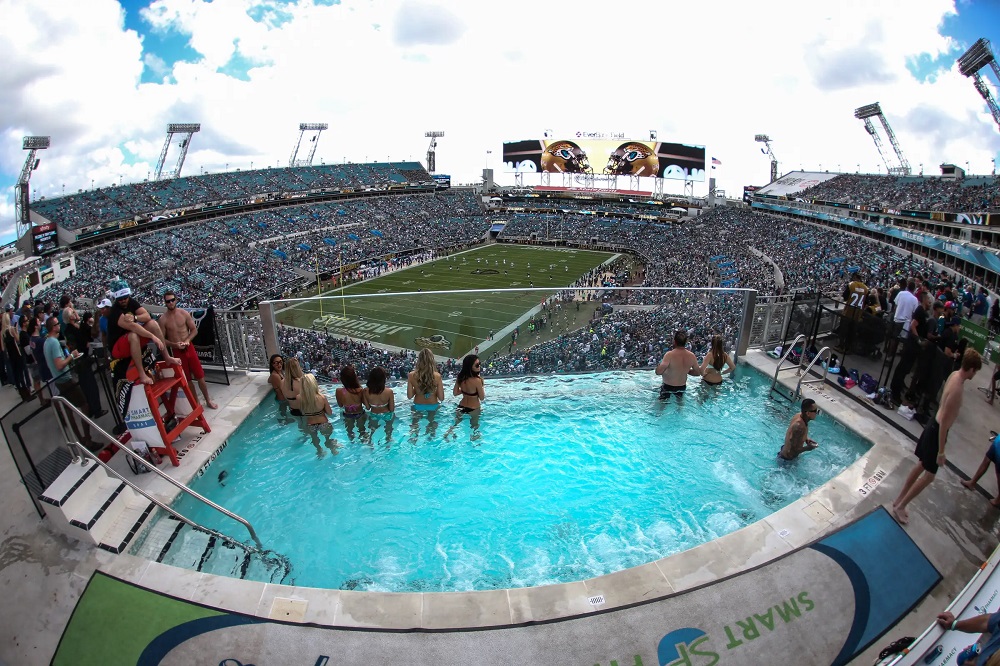Reconsidering Chlorine Sanitization: Puck Problems
Swimming pools and hot tubs have long relied on chlorine pucks (chlorine tablets) as a trusted method for water disinfection and maintaining chlorine levels. However, while these pucks effectively serve their purpose, they come with potential issues and drawbacks that pool owners should be aware of. In the below discussion, we will explore these concerns in greater detail and consider alternative sanitization methods that can help create a more balanced and enjoyable pool experience.
Water Can Become Overly Chlorinated
One of the primary issues associated with chlorine pucks is that your risk the water becoming overly chlorinated. These puck tablets release a relatively high concentration of chlorine into the water over an extended period. While this can be effective for sanitation, it can lead to problems such as eye and skin irritation, the bleaching of costly swimwear, pool equipment failure, and even damage to pool surfaces when not used and stored correctly. The corrosive nature of excess chlorine can wreak havoc on your pool, causing long-term damage that is costly to repair.
Cyanuric Acid
Cyanuric acid (CYA), often included in chlorine pucks, serves to stabilize chlorine and prevent it from degrading too quickly under sunlight. However, excessive CYA levels, often referred to as "chlorine lock," can hinder chlorine's effectiveness. This means that you may need to maintain higher chlorine levels in the pool for optimal sanitation. It's a fine balance to strike, and understanding the chemistry involved is essential for pool owners.
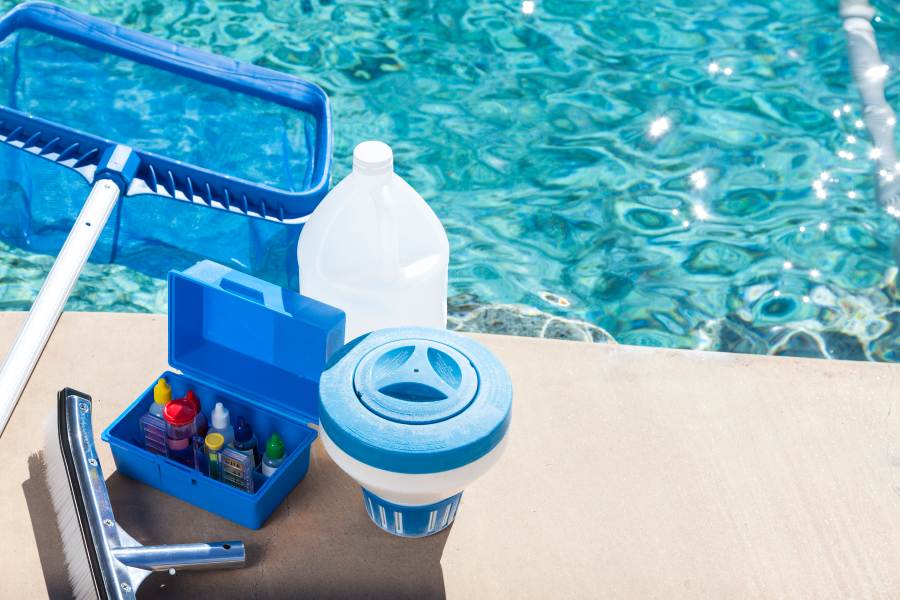
pH Imbalances
As chlorine pucks dissolve, they lower the pH of pool water. Consistently low pH levels can lead to corrosion on pool equipment and surfaces, which can result in costly repairs. Proper water balance requires regular pH testing and adjustment. This is an added responsibility for pool owners who use chlorine pucks, as they need to ensure that their pool's pH levels remain in the ideal range.
Too Slow to Dissolve
Another challenge with chlorine pucks is their slow dissolving nature. When a pool's chlorine level needs to be raised quickly, chlorine pucks may not be the most efficient solution. In such cases, pool owners may need to resort to supplemental chlorine products to bring the chlorine levels up to the desired range, adding to the complexity of pool maintenance.
Chemical Overuse
Over-reliance on chlorine pucks for chlorination can inadvertently introduce excessive cyanuric acid into pool water. This makes it challenging to maintain proper chlorine levels and can lead to water quality issues. Striking the right balance between chlorine and cyanuric acid levels is critical for a well-maintained pool, but it's not always easy to achieve with chlorine pucks alone.
Equipment Damage
Chlorine pucks, with their corrosive nature, can potentially damage the pool skimmer if placed directly in it. To ensure a more infused and controlled application of chlorine, floaters and automatic chlorinators are often recommended. This is an additional consideration for pool owners who opt for chlorine pucks.
Health Concerns
Handling chlorine pucks can be hazardous, as they release chlorine gas when in contact with water. It's essential to follow safety precautions, such as wearing gloves and avoiding fumes. Safety should always be a priority when dealing with pool chemicals. To prevent the potential problems associated with chlorine pucks, several best practices should be followed:
- Use chlorine pucks in conjunction with regular water testing to monitor chemical levels.
- Be diligent in making pH and alkalinity adjustments as needed to maintain proper water balance.
- Follow the manufacturer's instructions for the proper use and storage of chlorine pucks, as improper storage can compromise their effectiveness.
Considering Alternatives
In light of the concerns related to chlorine pucks, it's worth exploring alternative pool sanitization methods. Two such alternatives are liquid chlorine and salt chlorinator systems.
- Liquid Chlorine: Liquid chlorine offers a fast and efficient way to adjust chlorine levels when needed. It doesn't contain cyanuric acid, which can be a benefit in avoiding the issues associated with excessive CYA levels. However, it requires careful handling and storage.
- Salt Chlorinator Systems: Salt chlorinator systems use a salt cell to generate chlorine from salt that is added to the pool water. These systems can provide a more consistent and controlled release of chlorine, and they eliminate the need for handling chlorine in its traditional form.
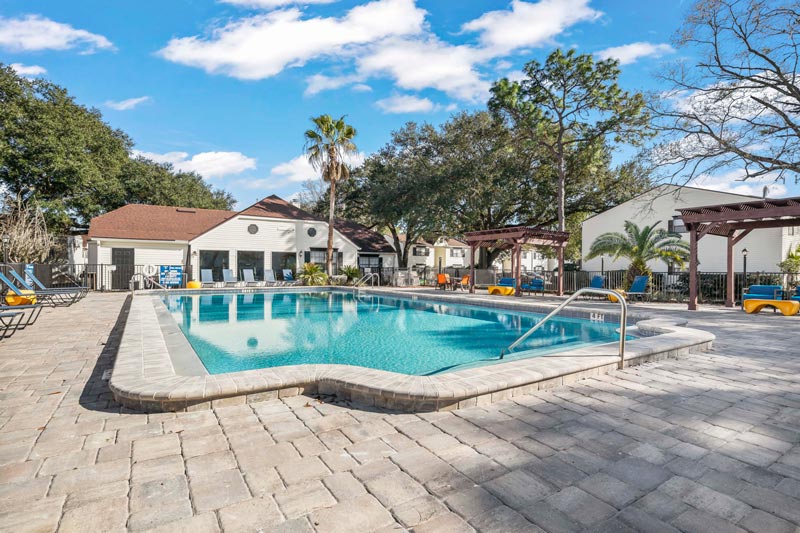
In conclusion, while chlorine pucks can been a reliable choice for pool sanitization, they come with their fair share of challenges and potential drawbacks. Pool owners should be aware of the risks of over-chlorination, excessive cyanuric acid levels, pH imbalances, slow dissolving nature, chemical overuse, equipment damage, and health concerns. To mitigate these issues, careful monitoring, balanced water chemistry, and proper storage are essential. Exploring alternative sanitization methods like liquid chlorine and salt chlorinator systems can also provide a more balanced and enjoyable pool experience while reducing some of the complications associated with chlorine pucks.
For guidance on managing your pool water, it's advisable to consult experts in the field. Coastal Luxury Outdoors, with over 40 years of service excellence, offers top-notch pool management solutions in Jacksonville. Our expertise can help pool owners navigate the complexities of pool maintenance and ensure a pristine and enjoyable swimming experience, regardless of the season.
Recent Blog Articles
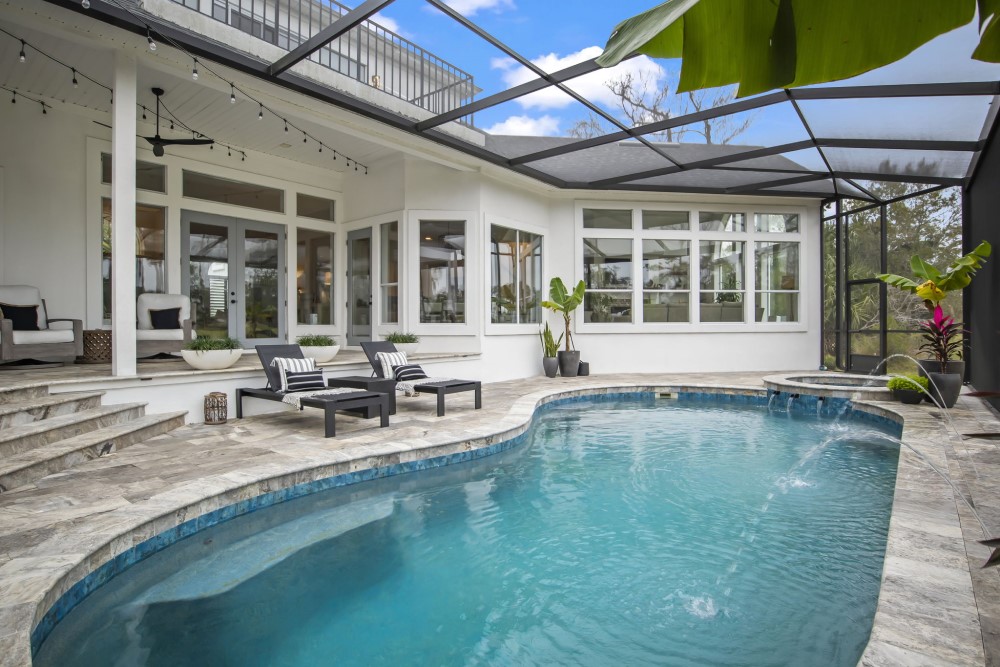
Plaster Options: Pebble vs. Quartz
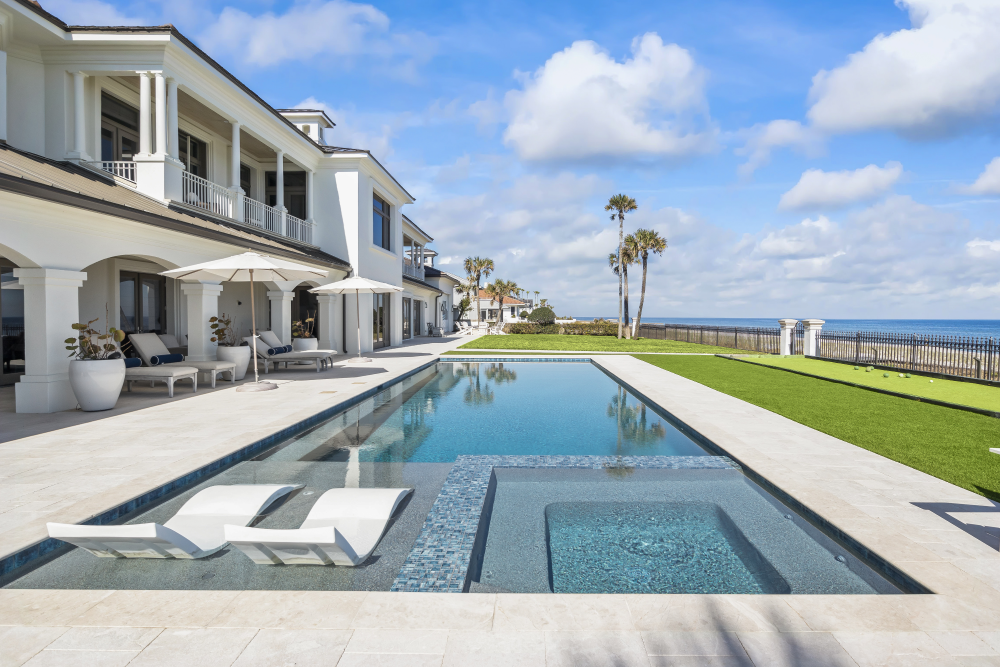
Choosing the Right Spa Spillway for Your Pool

How Much Does It Cost to Build a Pool in Florida (2025 Price Guide)
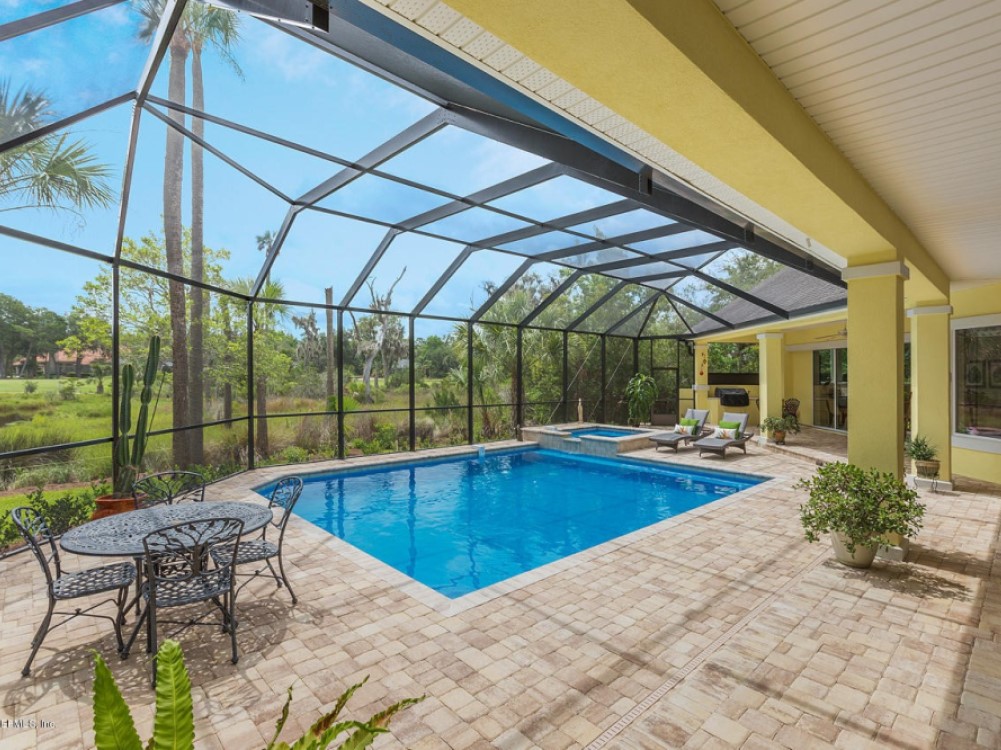
The Importance of Annual Filter Replacement
